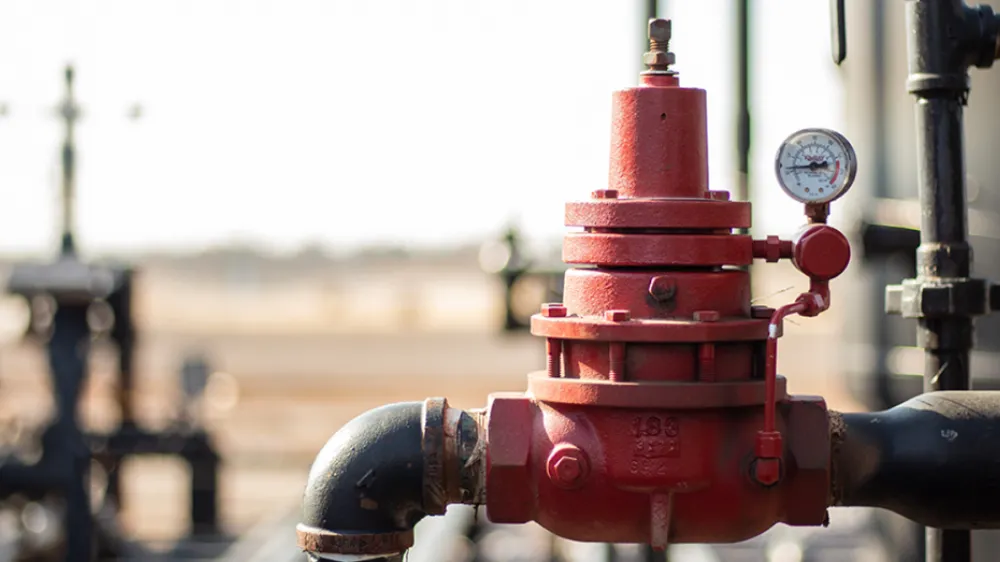
What Does "Back Pressure" Mean?
Simply put, back pressure is pressure that is held back.
“Back” in this context means against the natural flow of fluid or gas.
In oil and gas applications it refers to upstream pressure that is held, or maintained, in a variety of production vessels to provide the right conditions for separation and processing.
oil and gas Production Vessels that Require Back Pressure
Examples of vessels that require back pressure include separators, heater treaters, free water knockouts, dehydration units and compressors.
In order to perform their function appropriately, these vessels must maintain a constant pressure. This allows fluid or gas to process through the vessel and out for further processing or disposal.
If this pressure were not consistent, the separation and processing, of oil, gas, and water would prove much more difficult.
Producers use a specific type of valve to hold pressure on these production vessels.
As the name implies, a back pressure regulator is a control valve that holds pressure on production vessels.
Kimray’s industry-standard regulator is often referred to as a “regulator” rather than simply a valve because the pilot is connected directly to the valve. This regulator monitors upstream pressure and releases pressure once production reaches or exceeds an established set point.
You can adjust this set point by loosening or tightening the bolt on the top of the regulator.
For more on how this product works, see our video, “What is a Back Pressure Valve.”
For further reading, check out our zero-emissions regulators:
- Limit Emissions with Non-vent Control Valves
- Eliminate Fugitive Emissions with Outside Supply Regulators
To speak with a representative about this product, contact your local Kimray store or authorized distributor.








































